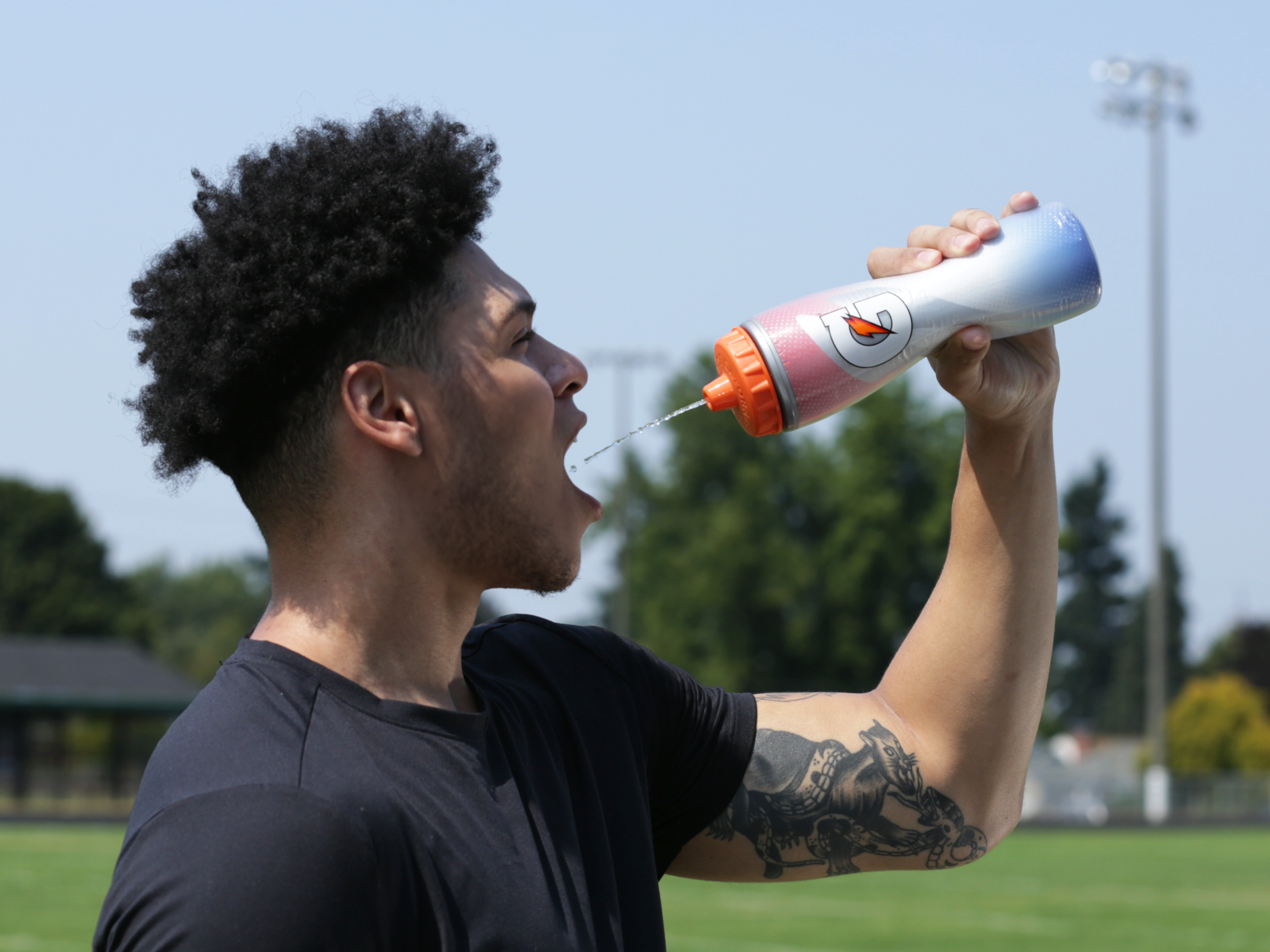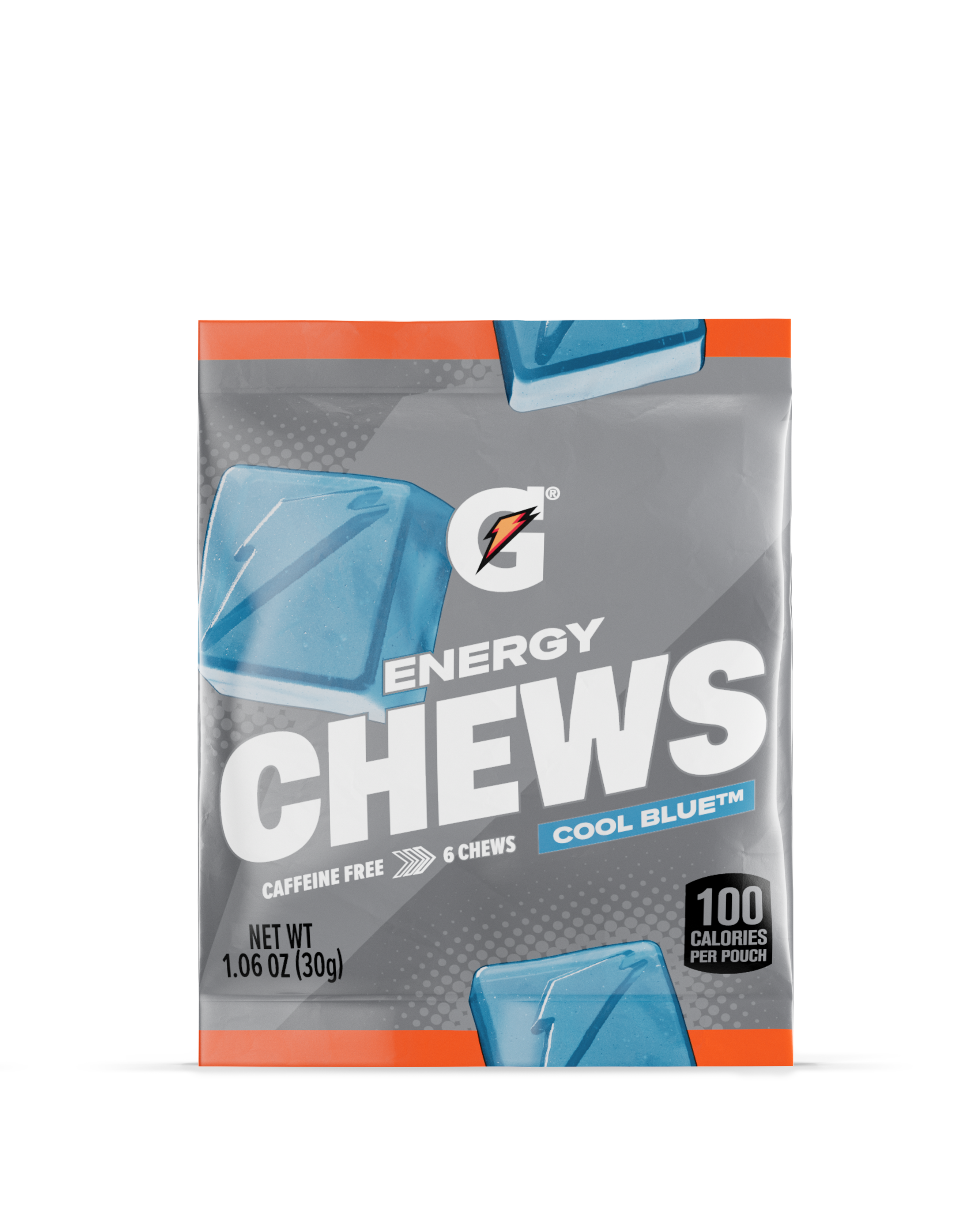
Performance, Hydration, Recovery
How To Safely Cut Weight in Combat Sports: Smart Strategies for Peak Performance

Quick Takeaways
AWL is common in combat sports, but risky when mismanaged.
Up to 8% body mass can be lost and recovered safely with enough time.
Smart strategies: low-fiber diet, glycogen depletion, active sweating, and sodium reduction.
Recovery priorities: Rehydrate (125–150% fluids lost which is 20-24 fl oz/lb), refuel (5–10 g/kg carbs), and avoid gut discomfort.
Pre-fight meals should be familiar, carb-rich, and easy to digest.
Plan and practice your strategy well ahead of competition.
For fighters stepping on the scale before battle, the weigh-in can feel like the real fight. In weight-class sports like MMA, boxing, wrestling, and judo, dropping pounds quickly—often through aggressive dehydration—is a well-worn tactic to compete in a lower division. But what’s the smartest way to cut weight without cutting into performance?
Let’s break it down.
Why Fighters Cut Weight
Dropping body mass before a weigh-in—especially when there’s a recovery window of 12 to 30+ hours—can offer a size advantage in the ring. The science? Mixed. There’s indirect evidence that acute weight loss (AWL) improves competitive success, but there’s also a clear risk to health and performance when done wrong. That makes smart planning essential.
How Much is Too Much?
Most combat athletes aim to lose 5–8% of their body mass in the days before weigh-in. But not all pounds are equal. Dehydrating to hit that number is risky. A safer route: strategically shedding gut content, glycogen (carbohydrate) stores, and water in stages—not all from sweat.
If your weigh-in is the day before competition, you may be able to drop and recover from up to 8%. If you’re stepping on the scale the same day you compete, keep it under 5%.
Cutting Weight Without Cutting Performance
Reduce Gut Bulk
Low-fiber, low-residue foods help clear the gut without crashing your energy intake. A 48-hour low-fiber plan can result in a drop of around 1.5% of body mass.
Deplete Glycogen Stores
Water binds to glycogen (stored carbohydrate) in the body. Cutting carbs to <50 g/day for 3–7 days can yield a 2% drop in body weight. But this must be matched with a solid refueling plan post-weigh-in to ensure adequate energy for competition.
Adjust Body Water Safely
Deliberate dehydration will lead to body weight loss—but carries the most risk to health, safety and performance. There are many aggressive dehydration techniques utilized that can put an athlete at risk. A better approach to reducing water weight is a mix of fluid restriction and active sweating during light training, but not relying on water weight loss alone to make weight.
Sodium Strategy
Reducing sodium may support water loss—likely by reducing fluid retention or increasing urine output if blood sodium drops too low—but the evidence isn’t rock-solid to support its use when making weight. It’s common in fight prep and likely works best in combination with other methods.
The Recovery Game Plan
You’ve made weight. Now, recovery is your real opponent.
Rehydration
Replace 125–150% of fluid lost (20-24 fl oz per pound). That’s a lot, and accuracy is tricky. Use high-sodium drinks (like ORS or salty snacks + sports drinks) to retain fluid better. Start with 600–900 mL (~20-30 fl oz) right after weigh-in, then small boluses regularly.
Refueling with Carbs
Depending on recovery time, aim for 5–10 g/kg of body mass. Use high-glycemic foods and fluids to ease digestion. Short on time? Focus on liquids and carb-rich snacks, to avoid gut upset. An upset stomach is bad news close to fight time. Keep meals and snacks low in both fat and fiber because they can slow down digestion. If nerves stop you from eating, try a caffeine boost (3–6 mg/kg) or even a carb mouth rinse to enhance mental drive.
Pre-Fight Nutrition
With full recovery, your final hours should feel familiar. Aim for at least 1 g/kg carbs pre-fight Stick with easy-to-digest options, using tried-and-true foods and fluids..
Plan, Practice, Perform
The best cut isn’t improvised—it’s rehearsed. Athletes should test their weight-cut and recovery protocols in less critical fights or training camps. Evaluate what works, refine what doesn’t, and avoid first-time tactics on competition day.
Key Takeaway:
Weight cutting will likely stay part of combat sports. But done smart, it doesn’t have to come at the cost of health or performance.
Fueling the Final Round Post weigh-in, recovery nutrition is everything. For athletes prioritizing hydration and electrolyte replacement, sports drinks with higher sodium or pairing salty snacks with fluids can make a big difference. Options like Gatorade — especially when combined with solid, carb-rich foods — can help you rehydrate, refuel, and refocus for fight time.
For quicker rehydration after a tough weight cut or intense training session, Gatorlyte is a strong option thanks to its rapid rehydration formula. And when you need fast, portable carbs to top off energy stores, Gatorade chews can help you get back in the game without slowing down.
- Rapidly rehydrates your body and helps to replace the electrolytes you lose in sweat
- Made with a specialized blend of 5 electrolytes (sodium, potassium, magnesium, chloride, and calcium)
- Less sugar and lower calories than the leading sports drink
- Made with no artificial sweeteners or flavors
- Backed by scientists at the Gatorade Sports Science Institute
Gatorade Sports Science Institute

